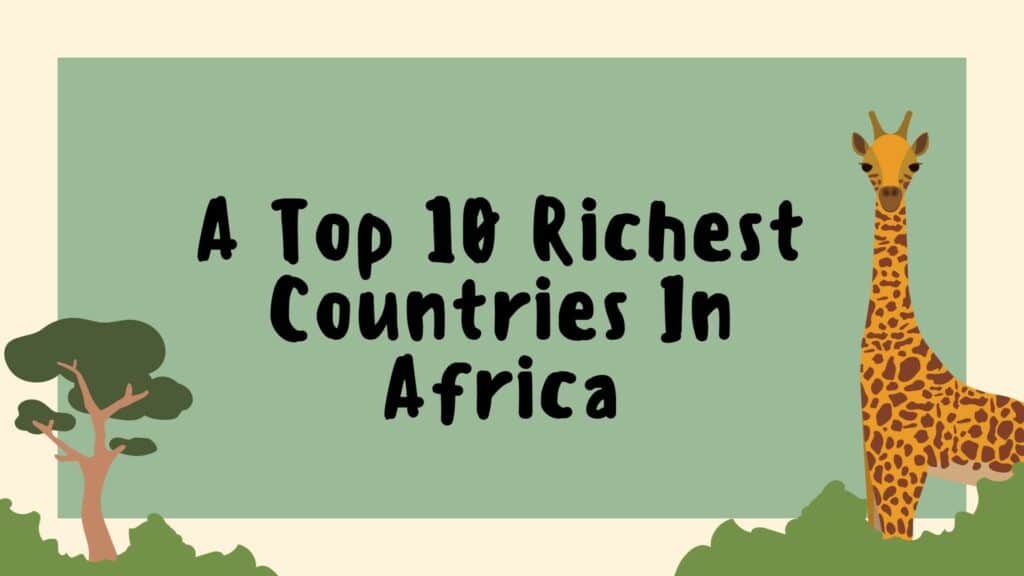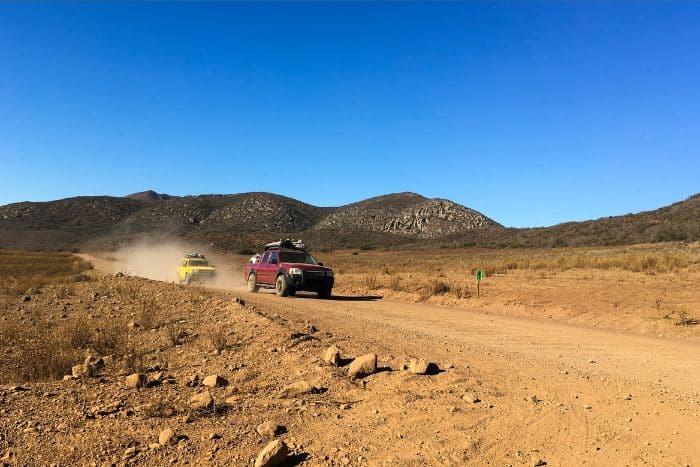When you’re on safari in South Africa, it doesn’t take long before you spot them: impalas, kudu, or maybe a nervous nyala peering from the bush. They’re graceful, beautiful, and everywhere. But for the big cats, these elegant creatures are more than just part of the scenery. They’re dinner.
So, which antelope ends up most often on the menu?
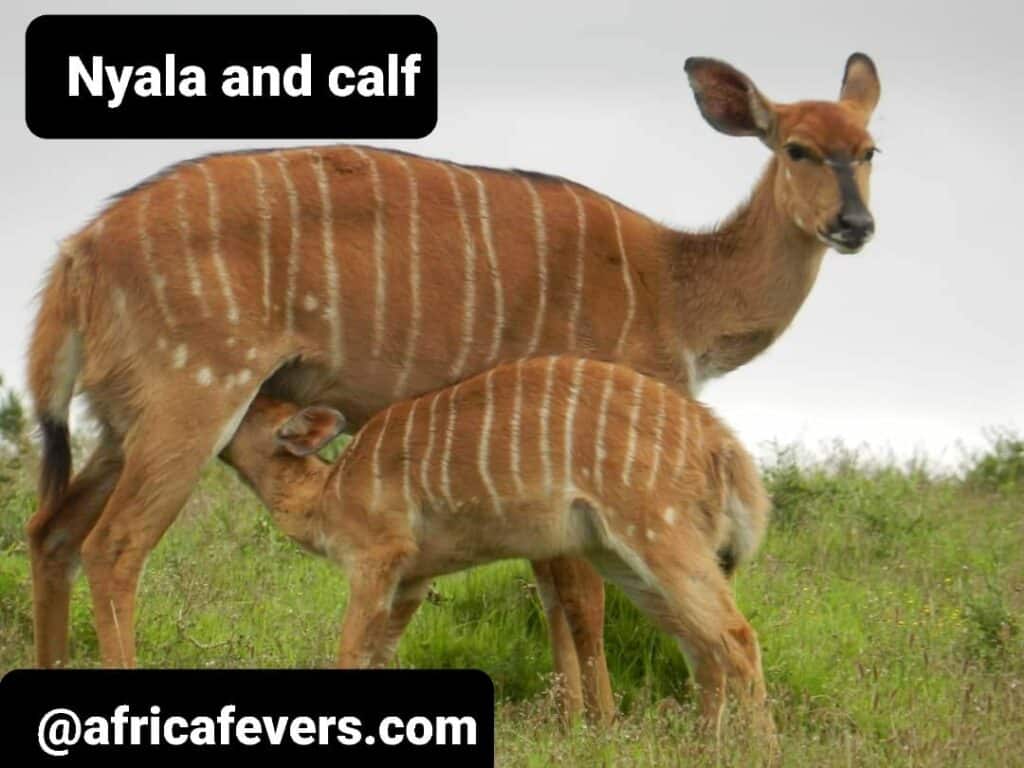
The Impala: Africa’s Fast Food
If you spend enough time in Kruger National Park, or any major reserve, you’ll quickly notice one thing — impalas are everywhere. Herds of them, sometimes dozens at a time, scattered across the savanna like moving brushstrokes. They’re the most common antelope in South Africa and, unfortunately for them, the most commonly hunted.
After a ranger told us that they are ‘bushmeat‘, we started to call them that way. I know, harsh, but that’s nature!

Lions, leopards, cheetahs, and even wild dogs all rely on impalas as a steady food source. It’s not that impalas are slow — they can leap over three meters high and run up to 80 km/h — but sheer numbers make them easy targets. A guide once joked to me during a morning drive, “If you were a leopard, you’d go for what’s convenient. The impala is the takeout meal of the bush.”
And he’s right. Impalas are small enough for a single leopard to take down, yet big enough to make a satisfying meal. When we drove past a thicket one afternoon, we saw one of those silent dramas of the wild: a leopard dragging an impala carcass up a marula tree, I’m sure you’ve seen those types of videos on socials, looking toward us for a brief moment before disappearing into the leaves. It’s an image that stays with you.
Kudu: The Challenge Meal
Now, if the impala is the bush’s “fast food,” then kudu is the “gourmet steak.” These tall, spiral-horned antelopes are strikingly beautiful — and a bit of a challenge for predators. Adult males can weigh over 250 kilograms, far too heavy for a single leopard to handle. It often takes a coordinated lion hunt to bring one down.

Kudu are incredibly alert, blending almost magically into the scrub and standing still for long stretches. You can drive right past one without realizing it’s there.
When startled, they’ll bound away in massive, elegant leaps. Because of their size and cautious nature, they’re not caught nearly as often as impalas, but when they are, it’s usually a big event.

A guide in Isimangaliso Wetlands Park once told me that lions often target young or weak kudu during dry seasons when vegetation is sparse and hiding is harder. So while the kudu may not be a daily meal, they’re certainly a prized catch when opportunity strikes.
The Nyala and Bushbuck: Less on the predators’ menu.
Some antelopes, like the nyala and bushbuck, survive by staying invisible. They live in denser vegetation: thickets and riverine forests, where leopards prowl silently. These cats are ambush experts, relying on stealth rather than speed, and nyala or bushbuck make perfect forest prey for them.
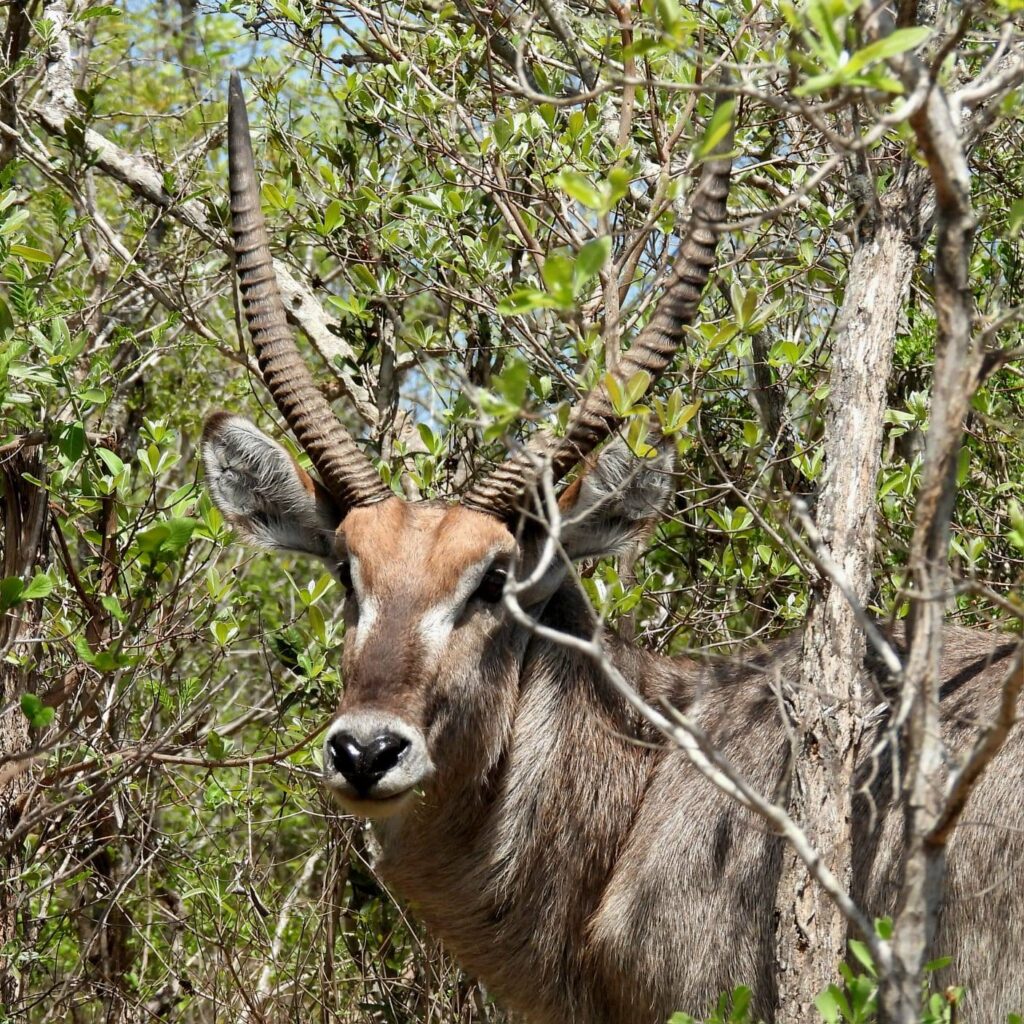
But because these species are less abundant and harder to spot, they’re not nearly as common on the predator menu as impalas. Leopards tend to specialize in this “delicacy” (pardon my English), if they live in wooded terrain, where they’ll hunt nyala more often. In open grasslands, it’s back to impalas.

It’s fascinating to see how even within a single reserve, the predator diet changes depending on habitat.
So, Who Tops the Menu?
If we’re keeping score, impalas take the number-one spot by far. Their abundance and moderate size make them the go-to prey for lions, leopards, cheetahs, hyenas, and wild dogs alike. They’re the backbone of the savanna’s food chain — the link between the grass and the great hunters.
Kudu, nyala, and bushbuck, and even the small ones like the Klipspringer, all feature, but less frequently and mostly depending on habitat and predator strength.

Final Thoughts
The next time you see a herd of impalas on safari, don’t overlook them because they’re “too common.” They’re the unsung heroes of the ecosystem, and they sustain nearly every predator you’ve come to see.
And if you’re lucky enough to spot a leopard in a tree, chances are, its meal below those branches once had slender legs and a familiar “M” marking on its rear: the unmistakable signature of an impala.
I wish you a nice safari!
Kind regards,
Lizzy
I now have a YouTube channel as well!
YouTube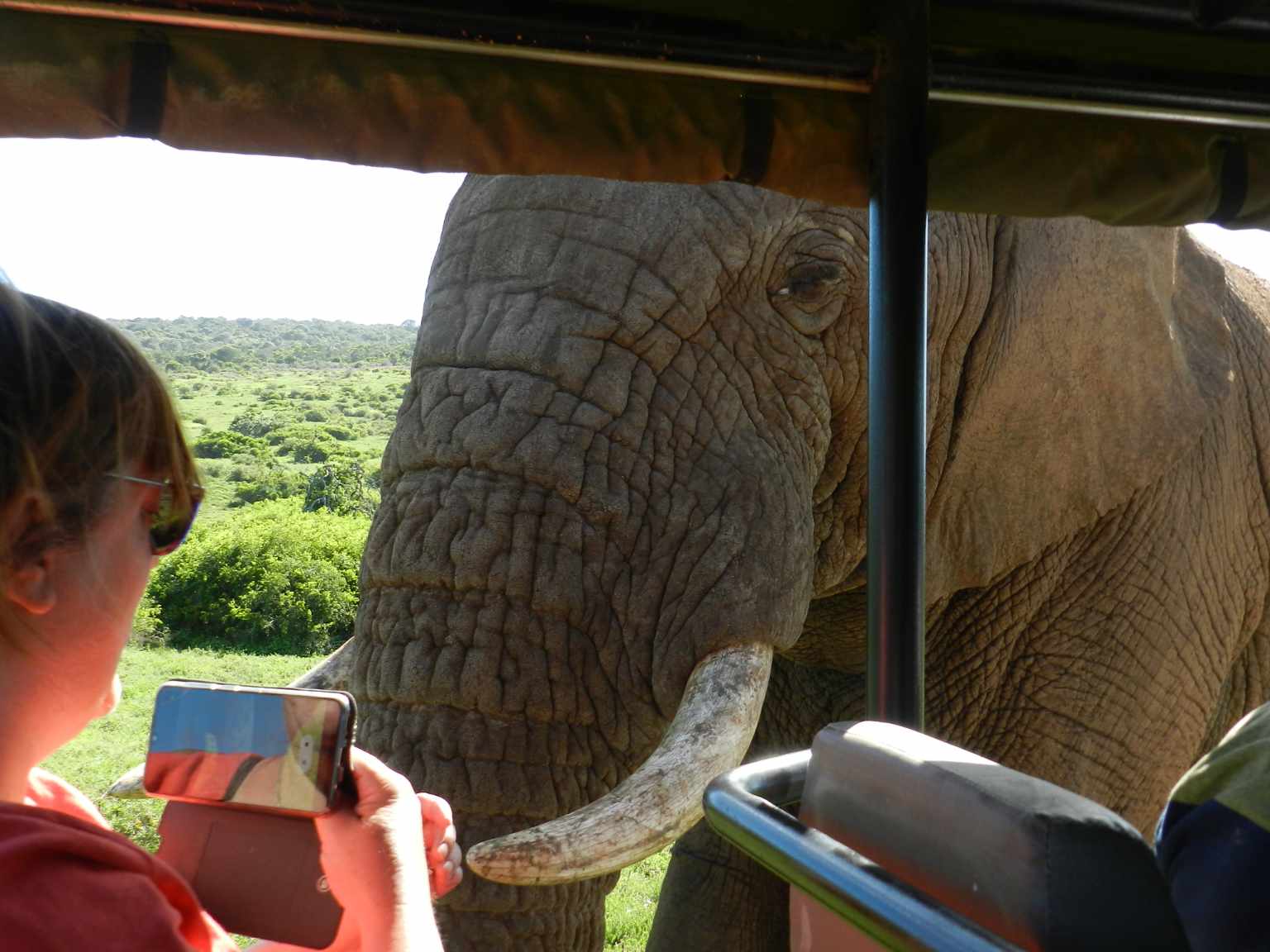
Hello Africa travellers!
Who am I? Well, the least you can say is that I am quite crazy about Africa, its nature, its climate, its culture, and more.
As a young woman in my twenties, I had already traveled to several African countries by traveling along in an overlander on my own and mostly camping ( or glamping ) and just fell in love with the diversity of it all.
So much, so that at the age of 26, I went back to university to study biology, which, unfortunately, I couldn’t finish because of health reasons (yes, I got sick from a tropical disease, oh cynicism). But this did not stop my dream of traveling back to Africa several times, and I still do.
My dream was back then to leave Europe and go study animal behavior, especially the elephants (sure, that’s every girl’s dream haha), but I am also very much intrigued by hyenas and other “ugly African animals“.
So, I “kind of” have a little bit of a scientific approach to my articles, when I write about African birds, for example. And most of all: the passion.
But life goes on, you move from one side of the country to the other, you get sick again and top it off with lower back problems, and before you know it, you are over 50 hahaha!
Now, I still travel to Africa, but take it a bit “easier” than the good old camping days, and stay in comfortable, yet affordable accommodations, together with my husband Wouter.
These are some of the countries I have traveled to: Kenya, Tanzania, Zanzibar, Malawi, Zambia, Zimbabwe, South Africa, Namibia, Botswana, Tunisia, and a little bit of Lesotho LOL .
While clearly not being African territory, but Spanish, I also visited Gran Canaria and Tenerife, and location-wise, I consider them “African”, because of their climate and nature, sue me :-p
The last trip I took was to South Africa in the year 2023, and it sure got the fevers for Africa back! From the Barberton mountains to the Drakensberg and the Southcoast, one month wasn’t enough at all to see the whole country, so we’ll be back! At ease and with a little bit more luxury than in my younger days haha!
I wish you happy travels!
Kind regards
Lizzy


